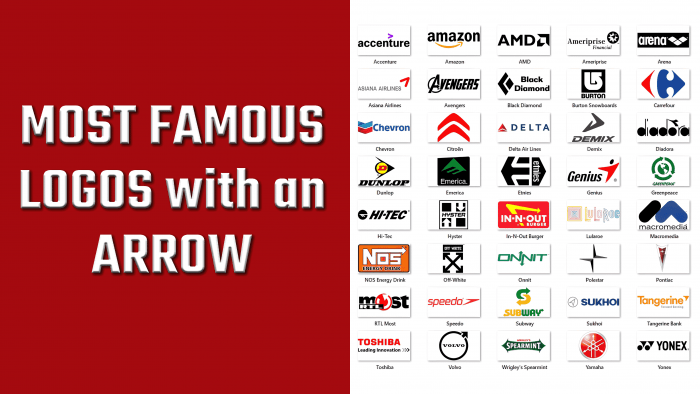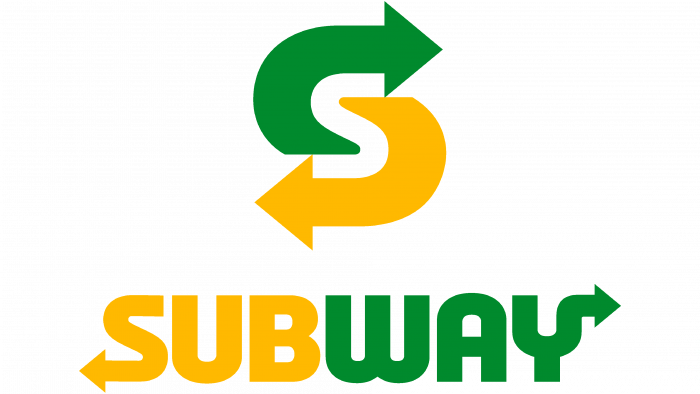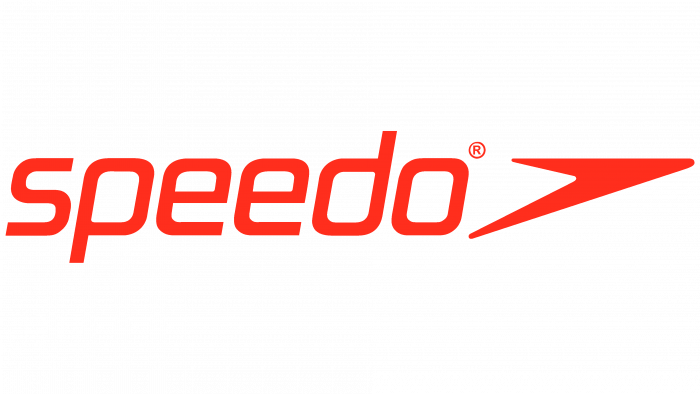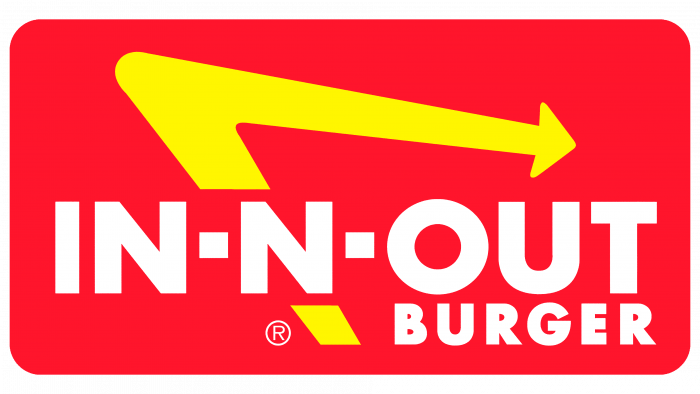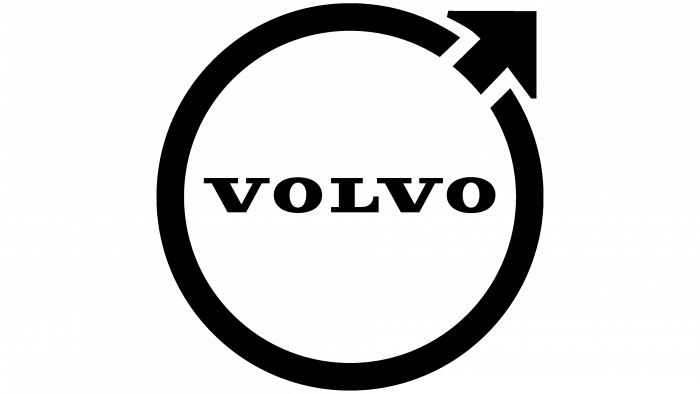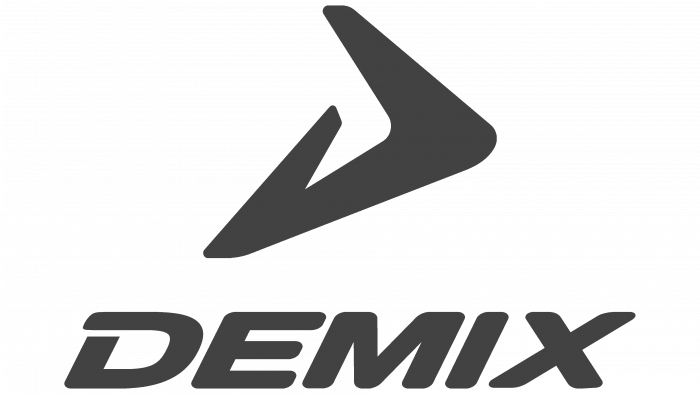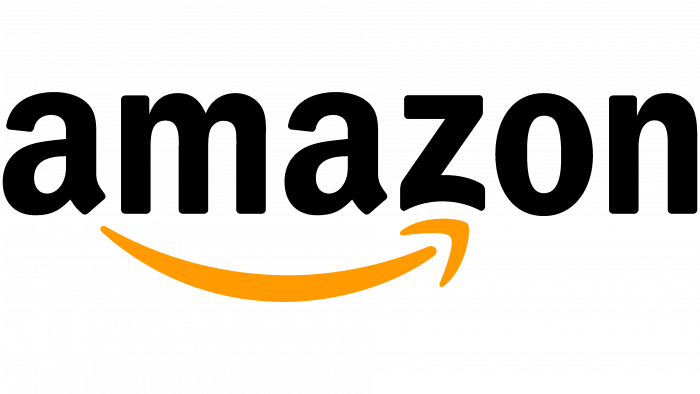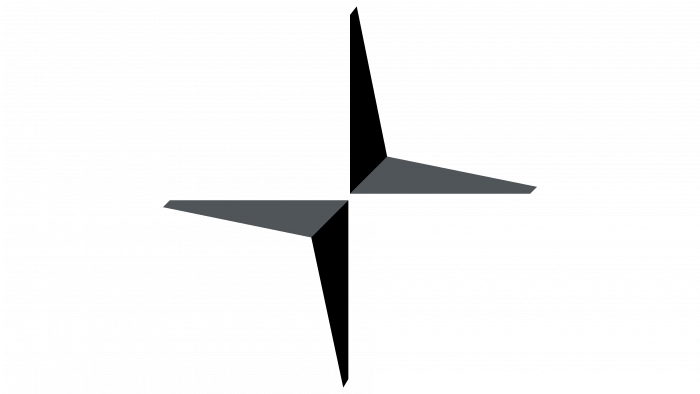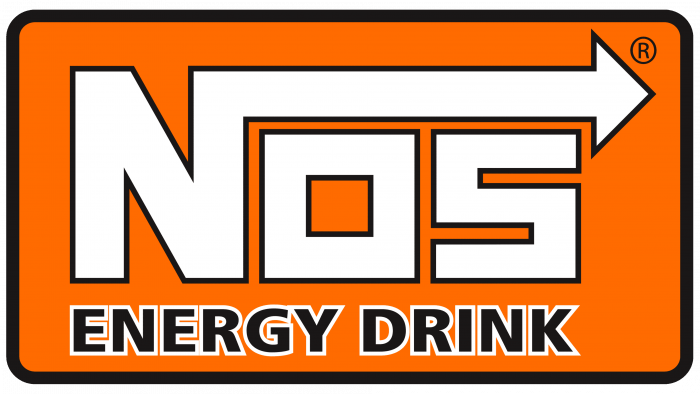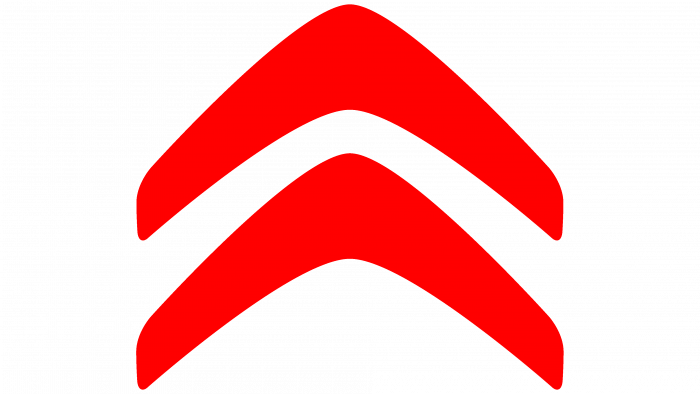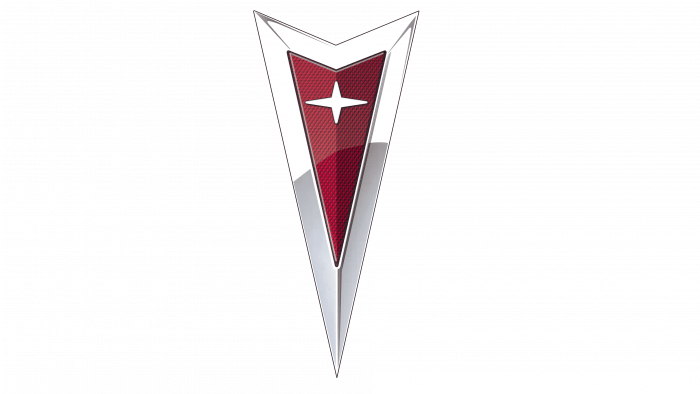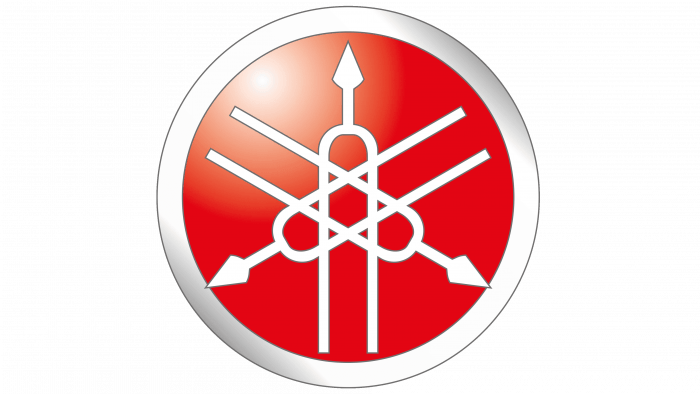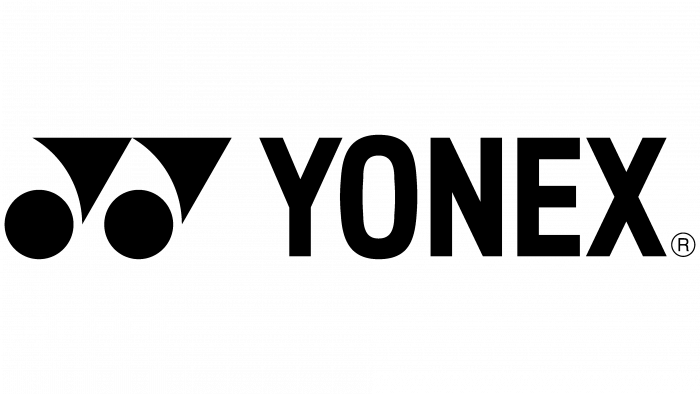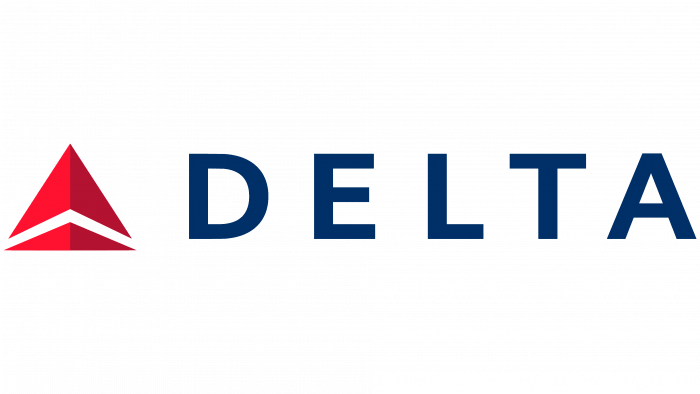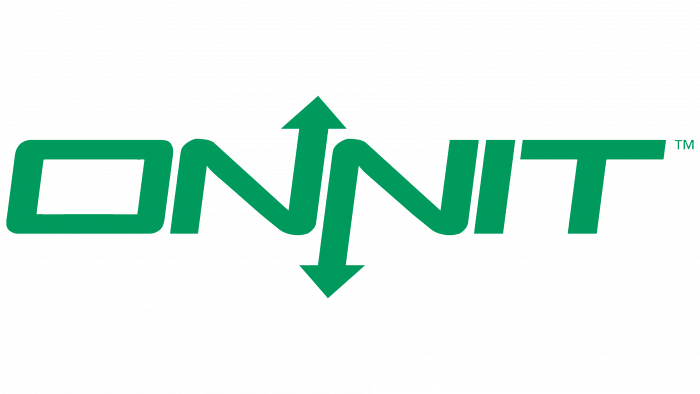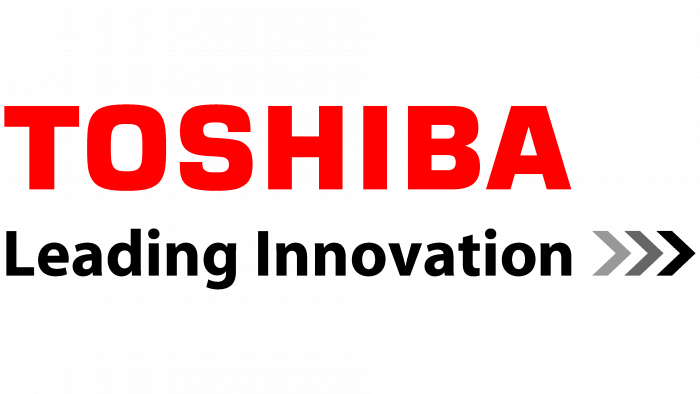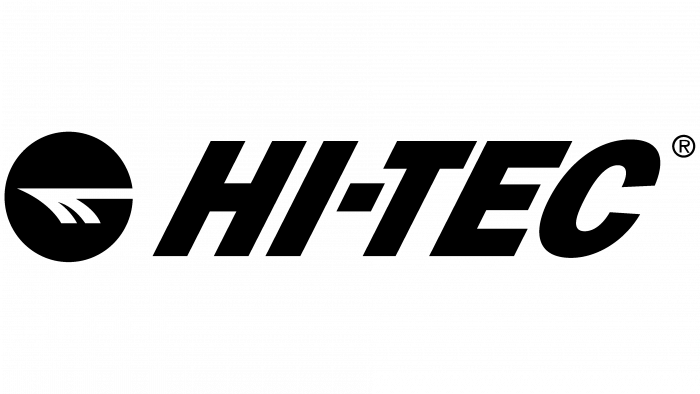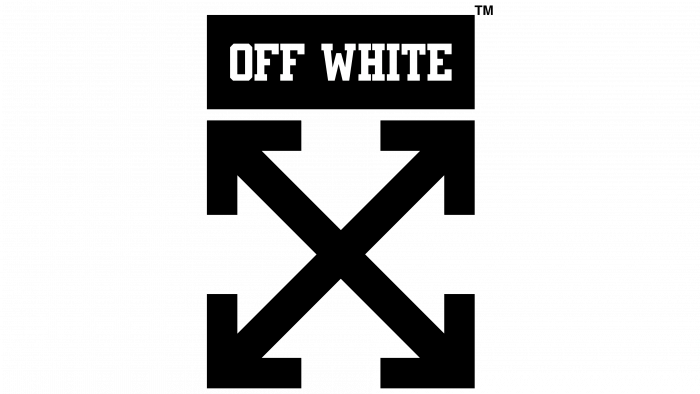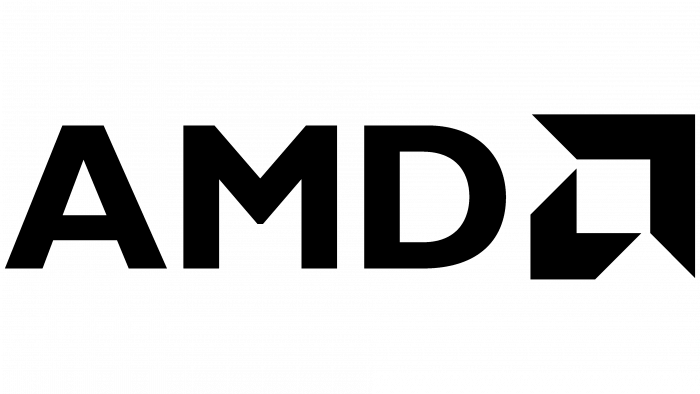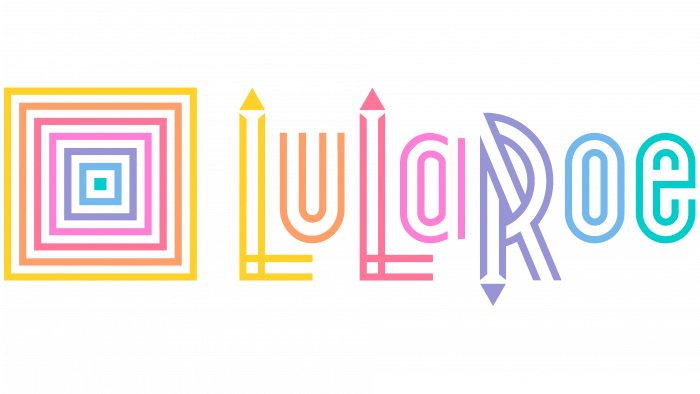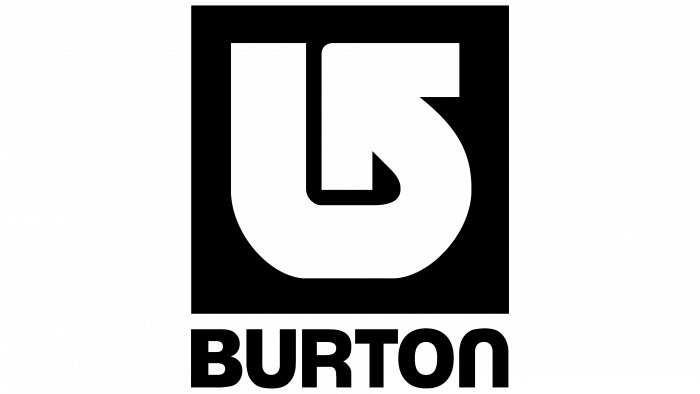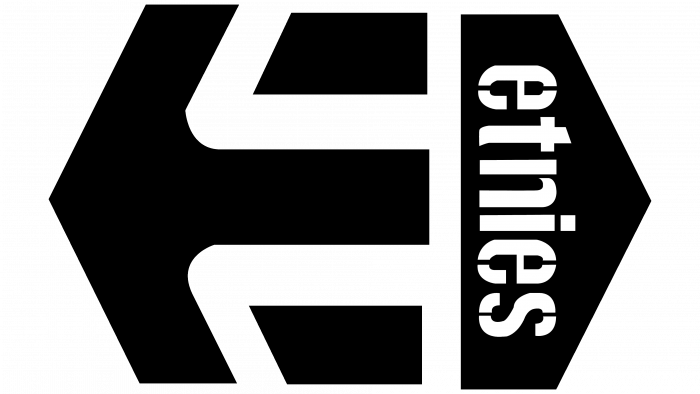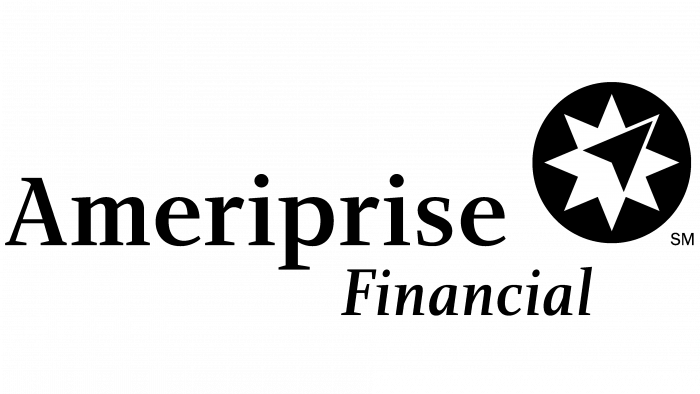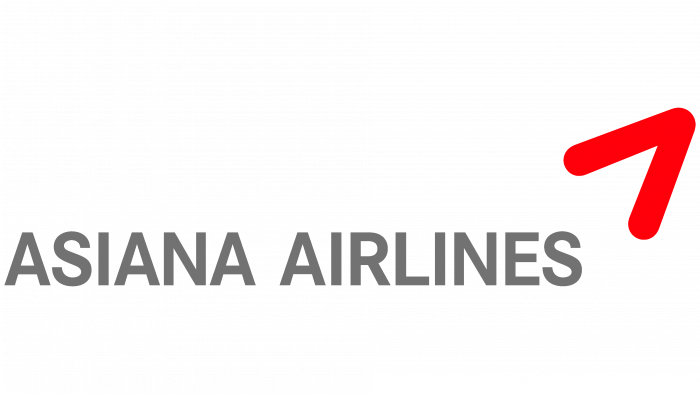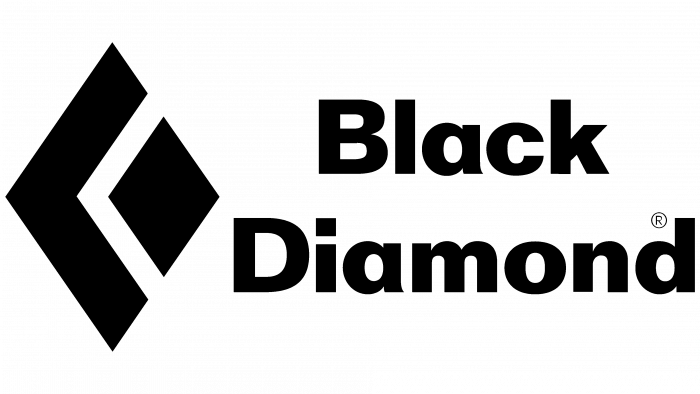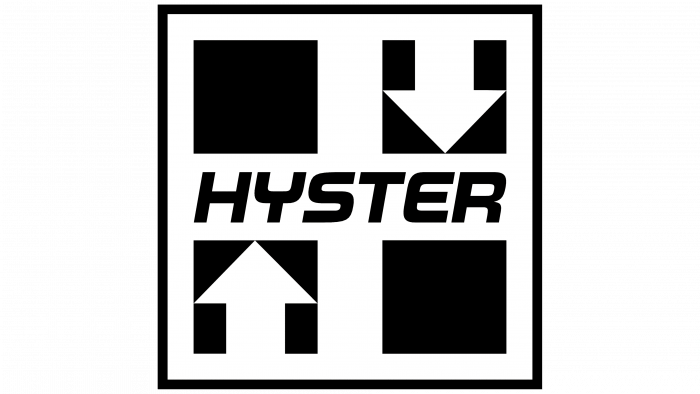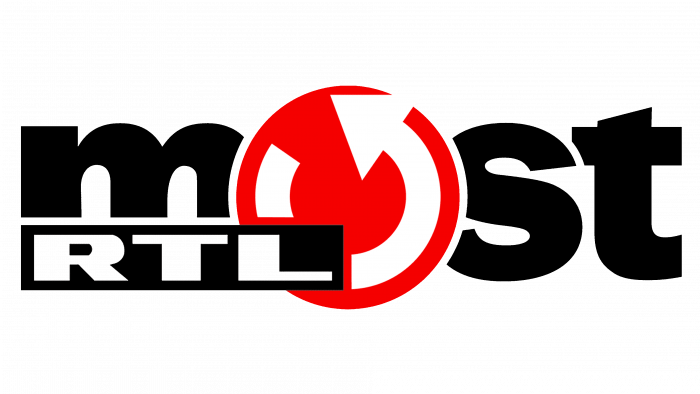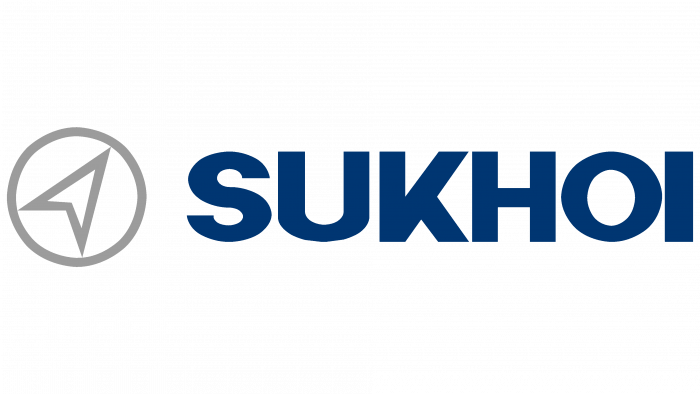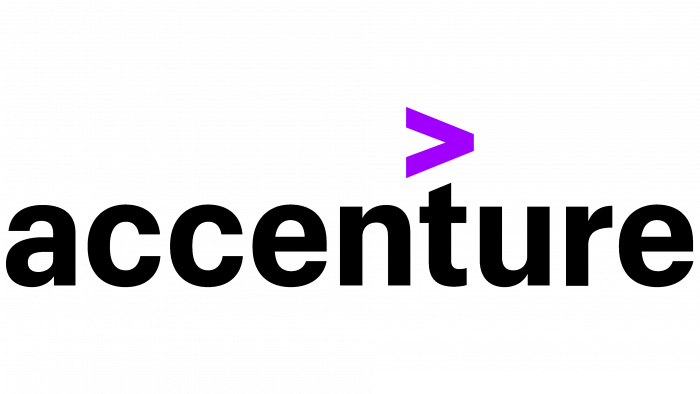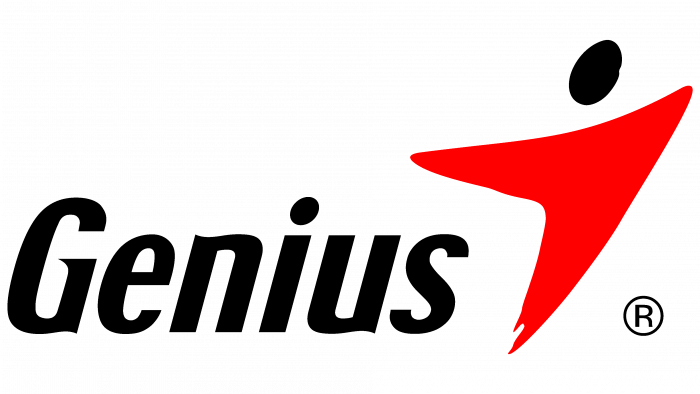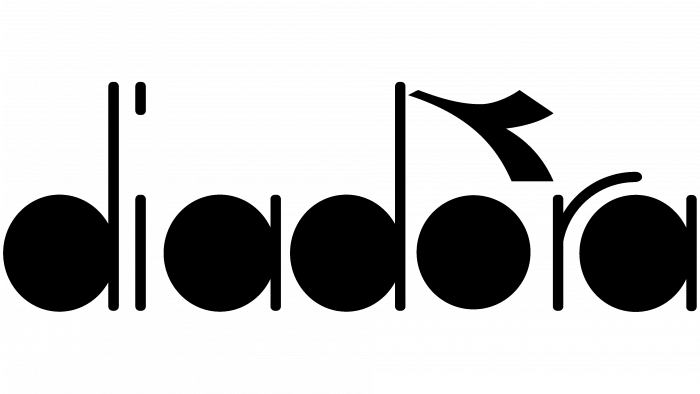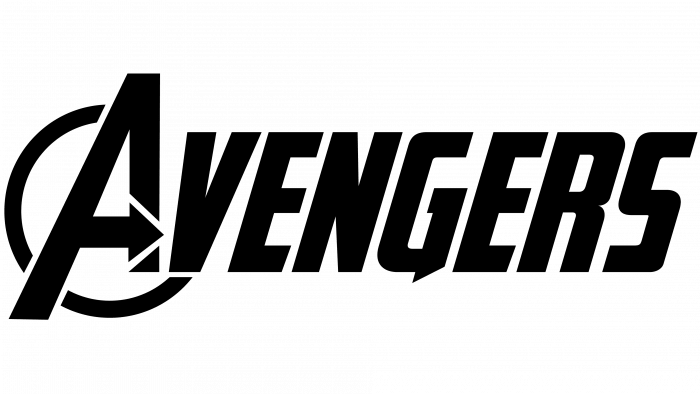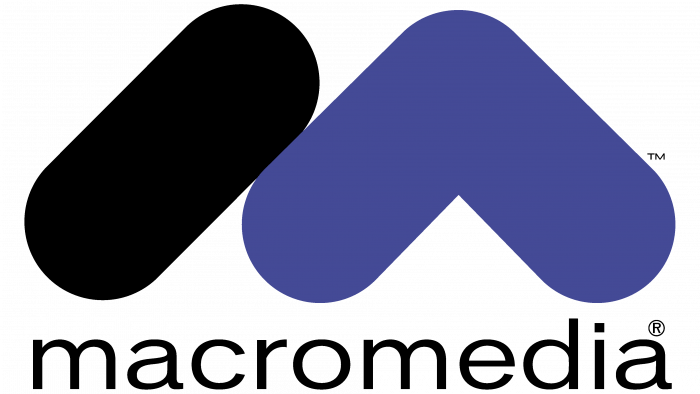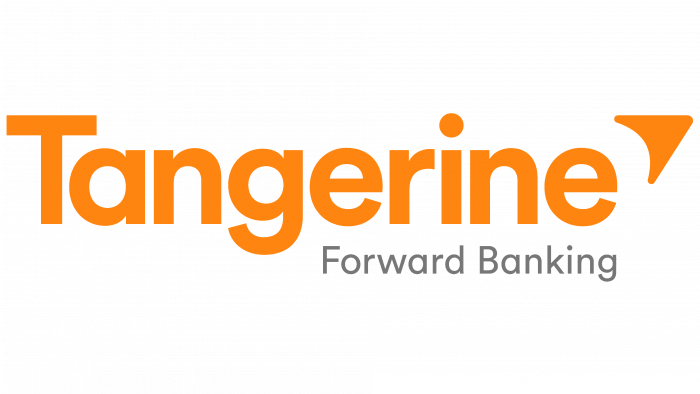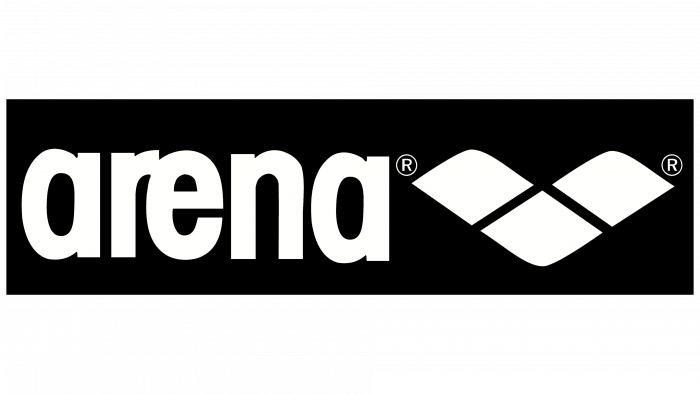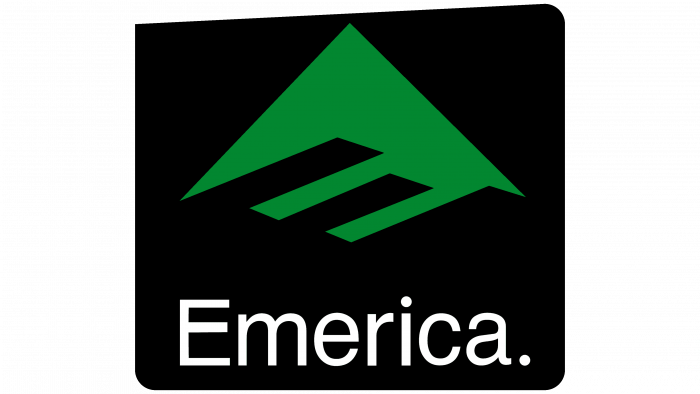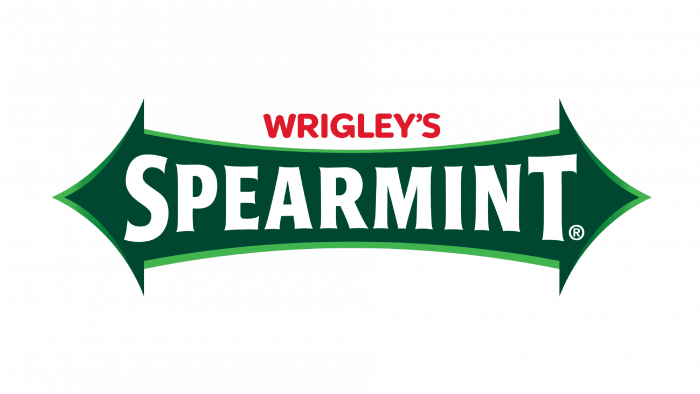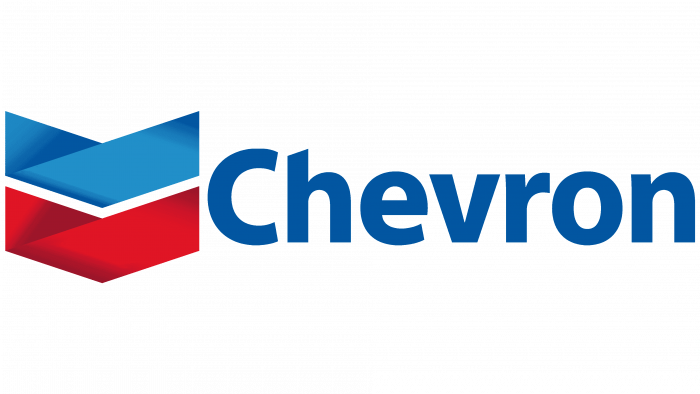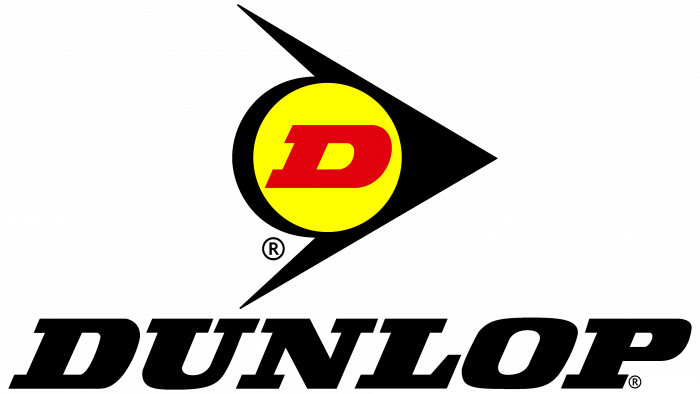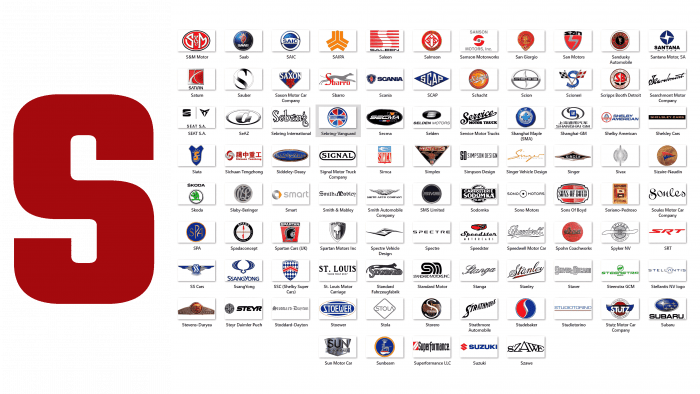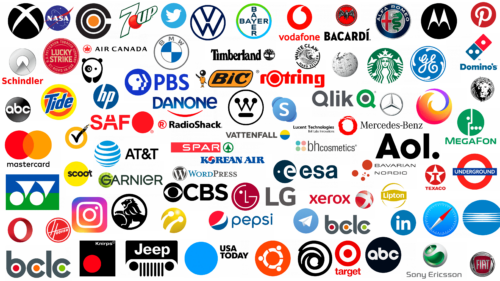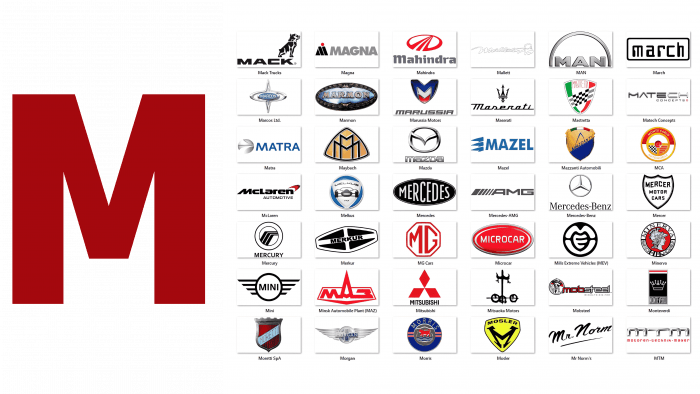The arrow sign is considered attractive and informative in some aspects of any brand’s visual identity. But its apparent simplicity is the result of the fruitful creative work of experienced designers, who use the graphic visualization of the sign to shape the communication of necessary information. Regardless of the style of the logo, this element brings clarity and specificity to the image, symbolizing the owner’s desire to develop and expand its capabilities further. The symbol implies masculinity, which is expressed in a hard and sharp line. However, there are cases when design studios manage to endow it with delicacy and tenderness inherent in the opposite sex. It is applied to brands that do not stop there and thus communicate to clients and consumers their desire to grow, change, and meet the requirements of modernity. The arrow is also a symbol of their constant striving for new heights and self-improvement.
Greenpeace
Greenpeace is an independent non-governmental international organization founded in Canada in 1971. Its activities are aimed at solving global environmental problems related to abiotic, biotic, and anthropogenic factors of environmental impact. The organization’s branches work independently of each other, adhering to common principles.
The company logo conveys the scale of the brand. The image of a planet surrounded by arrows implies a movement into the future related to the recycling and utilization of substances harmful to the environment, ensuring the general cycle inherent in nature itself. The corporate color scheme of the emblem initially included a combination of green and natural shades on a white background, symbolizing new life, nature, and progressive development. The chosen palette infuses the mark with freshness, creates a visual perception of the courage and tenacity with which the brand fights to achieve its goal, and adds to the style of its own identity. The main text of the emblem is in LeDrole Letting Pro Black font, with slight modifications to the lines and shapes and the addition of extensions, which forms its perception as a handmade marker font. With the development of digital technologies, it became possible to improve the quality of detailing of individual elements and the whole composition, making its perception clearer and simpler in any size.
Subway
Subway is characterized by the peculiarity of working with clients on the principle of commercial concession. It is a chain of fast-food restaurants. The brand originated in 1965 in the city of Bridgeport. By 2011, the company became the leader in the number of open points of public catering. The company’s most popular product is the so-called submarine sandwiches.
The company’s new logo is designed with a minimum number of elements, which, in the modern conditions of information perception, provides the best memorability. The color palette of three colors was replaced by two colors – green and yellow. The first characterizes the naturalness of products, informing customers that dishes in the institution are prepared only from natural products. The second color symbolizes prosperity and sunshine, causing positive associations and encouraging people to visit the restaurant. The arrows coming out of the letters “S” and “Y” symbolize entrance and exit while offering an opportunity to take food on the road. In addition, they also carry the main idea – the constant expansion of the company, the desire to open new, comfortable places to visit in different parts of the world.
Speedo
One of the world’s leading manufacturers, Speedo, which manufactures and sells various swimming accessories, was founded back in 1914 in Australia by emigrant Alexander John Macrae. Over time, the head office of the company was moved to Nottingham (England). Due to the company’s success in this area, its name became associated with racing swimwear. Claes Arne Borg, who set the world record for a swimming suit in 1929, made the company famous.
Speedo is one of the few brands whose logo was so successful that it did not require significant changes in its structure for a long time. Nevertheless, in order to keep up with modern design trends, the corporate identity had to be redesigned. The presence of digital technologies allowed to significantly improve the quality of detailing of individual elements. The arrow was located on the left side of the logo, right after the text. The graphicality of the element, visually sharp end, and overall smoothness contributed to the visual perception of the desire to move towards development and prosperity. The color palette is represented by red and gray shades, which symbolize progressiveness and speed of development, which are some of the main characteristics of the company. All parts of the emblem balance each other, adding playfulness to the composition, and the uniqueness of the idea affects the degree of memorability.
In-N-Out Burger
On October 22, 1948, the first In-N-Out Burger opened in Baldwin Park, which, over the years, has grown into an entire chain of privately owned restaurants. The brand is located along the Pacific Coast and in the southwestern United States. Driven by the idea of a unified style, the owners refused to open franchise fast food outlets.
The color palette of the logo is a pronounced contrast of two colors – yellow and red. This achieves the necessary attractiveness and ease of remembering while adding some aggressiveness to visual perception. Red color carries the power, desire, speed, and vigor inherent in modernity. In addition, on a psychological level, it evokes a sense of hunger, which the restaurant requires. Yellow, on the contrary, has a calming effect, adds optimism, and is well-remembered. The main element of the emblem is an arrow, made in the form of a boomerang and directed to the right, which is a symbol of good intentions for good. It partly points to the name of the restaurant and emphasizes that in it, you can buy food without delay and eat it on the way. The text component of the In-N-Out Burger logo was designed using Fontmachine’s Ghino Black font with slight modifications to ensure uniqueness, ease of reading, and subsequent ease of brand recognition.
Volvo
The Swedish company Volvo has been manufacturing buses, engines, and cars for commercial and cargo use since 1927. Until 1999, it also produced passenger cars until that division was taken over by Ford. Today, a Chinese company owned directly by Volvo Cars also has the right to manage the brand partially.
The logo is the name of the brand placed inside a circle, which is interrupted by a pointer extending beyond its borders. In ancient Rome, this was a symbolic representation of Mars, the god of war. The ring was a shield, and the arrow was a spear. But even this symbolism in ancient Western culture denoted iron. The emblem, which emphasizes the country’s success in metallurgy, underlines the strength, reliability, and guarantee of safety and power of all the company’s automotive products. Thanks to digital technologies, the rebranding provided a better and clearer execution of each element of the composition, and the brevity created all the prerequisites for easy visual perception and understanding of the transmitted information by modern consumers and viewers, making the brand especially recognizable. The main color is black, an inducement to purchase, which has the property of demonstrating influence due to the contrasting performance in combination with a white background. Canada Type’s Clarendon Wide SC Bold font Clarendon Wide SC Bold was used for the text element.
Demix
Russian brand of equipment for sports activities, Demix, founded in 2003, is constantly expanding its production and assortment. The brand belongs to the “Sportmaster” chain of stores. Specialists from Germany, the USA, and Italy are involved in the development of design and technology, and the products are manufactured in southeastern Asian countries.
When creating the logo, modern technologies were used to influence the clarity and quality of all elements. Thus, bold lines acquired straight inner and softened outer edges, which made the details smoother and more clearly drawn. The identity has a simple and concise structure with futuristic elements. An arrow was chosen as the main and accent element. Its direction to the right reveals the symbolic meaning laid down by the designers, indicating movement and speed, aspiration for successful development. And it effectively reflects the main purpose of the company – the production of sports equipment. The style of the logo is inspiring and effectively conveys the brand’s essential features. The color palette creates an atmosphere of confidence, conveying the company’s characteristic strictness in fulfilling its obligations and some conservatism. The gray color has a relaxing effect, softening all irritating moments.
Amazon
The largest American shopping site, Amazon, known all over the world, was founded in 1994 in Seattle. Initially, it was prepared for selling books online. But gradually developing, it has provided the opportunity to conduct auctions for various types of goods from other categories. International shipping is offered to buyers on some items, and for some countries, sites with retail sales options are supported.
The logo uses the FF Real Head Condensed Demi Bold font from FontFont with slight modifications involving trimming the tail of the letter “a” at a 45-degree angle. In addition, the base of the letter “z” is designed as an arc that wraps around one side of the arrow. To emphasize the power of Amazon and the wide range of products it offers, a thick orange arrow in the shape of an arc was added to contrast the black text. By its position and direction, the arrow conveys information about the wide selection of products on the site, which can satisfy any need. Reminiscent of a benevolent smile with an attractive wrinkle in the corners, this accent element makes the logo look kind and friendly. Thus, a positive psychological impact on the client is achieved.
Polestar
The Swedish company has been producing electric motors, racing cars, and electric vehicles since 1996. Today, it is equally owned by two concerns – Geely and Volvo Cars.
After the rebranding, the logo changed its color identity to a gradient fill of two shades of gray – light and dark. Thus, with the help of digital technology, it was possible to achieve a qualitative effect where the element resembles silver illuminated from the side. The arrows pointing at each other create the outline of a four-pointed polar star. Thus, the emblem fully reflects the essence of the brand and its dynamics. At the same time, the stylistics and overall structure have not undergone significant changes. The color palette has a calming effect on the viewer, creating, in combination with the company name, the image of the polar night with its inherent freshness. It is an effective way to symbolically convey the brand’s innovative approach to product development.
NOS Energy Drink
The energy drink brand was originally owned by Fuze. It was brought to the market in 2005. In 2007, the company was bought out by The Coca-Cola Company with the re-licensing of the brand. However, the trademark rights have now been transferred to Holley Performance, with the possibility of the drink being manufactured by Monster Beverage.
The name of the drink comes from a chemical additive called nitrous oxide. It is used in cars to increase speed performance during various racing events. Thus, the brand symbolizes the focus of its products in a logo designed to stimulate the human central nervous system. The arrow points to the right, signifying the readiness for irreversible change and the brand’s commitment to further development. As an extension of the letter “N,” it gives the impression that the arrow overhangs the rest of the elements like a roof.
Citroën
The French automobile manufacturer was founded in 1919 by André Citroën. Initially, the company produced inexpensive cars for the mass consumer market. However, after the release of the successful Traction Avant model, the first attempts were made to produce cars of other categories.
The Citroën emblem has an original design, where the upward pointing arrows symbolize the chevron gear, which the founder of the company developed when making the first production models. The emblem itself looks laconic and easily recognizable. In addition, the sign speaks about the progress and growth of the image throughout the history of the company. With the development of modern technologies, it became possible to improve the quality of detailing of individual elements of the design, creating an impression of naturalness. The color palette is expressed in monotonous gray, which symbolizes the conservatism of the approach to the car manufacturing process.
Pontiac
American brand, named after an Indian chief, began production in 1899, producing horse-drawn and self-propelled wagons. From 1926 to 2009, it was engaged in the production of cars as a division of General Motors and was closed in 2010. The reason for this was financial problems.
The main element of visual identification of the Pontiac emblem was the symbol of an arrow pointing downward. The color palette gives the emblem volume and extravagance. This is achieved by gradient filling of the central part of the red tones, surrounded by a silver frame around the perimeter. In addition, it enhances the contrast effect of the logo and softens the contours of the sign. The red color here speaks of the power of the products, the fearlessness of developers experimenting with styling, and the speed inherent in the brand’s cars. Gray color emphasizes these qualities, adding a bit of conservatism to the overall mood.
Yamaha
Today, Yamaha is a well-known Japanese company producing musical instruments, acoustic systems, sports equipment, and vehicles. It was founded in 1887 in Shizuoka Prefecture by entrepreneur Torakusu Yamaha. The brand was originally created to repair medical equipment.
The corporate style of the logo is concise, with no additional elements for greater recognizability. In addition, the arrows, made in the form of intertwining three forks, hint at the historical basis of the company when the products manufactured were related only to the musical sphere. The symbolic visualization also expresses the three basic principles of the concern: sales, production, and technology. The direction from the center implies the expansion and further development of the company, while the silver frame speaks of its integrity.
Yonex
The company was founded in 1946 and initially produced barrel stoppers and floats used in fishing nets. However, this direction did not bring the desired result, so in 1957, it was decided to change the type of activity. Therefore, today, the Japanese company produces and sells various accessories for such sports as golf, tennis, and badminton.
The logo of the brand has not undergone significant changes for a long time. However, with the development of digital technology, its quality has improved significantly. To the left of the name, the logo is represented by four geometric figures – two circles on the lower level and two triangles made in the form of arrows on the upper level. This is how the company visualizes the direction of its activity – the elements are tennis balls and shuttles. On the other hand, the arrows speak of movement, development, and speed, which characterizes active sports.
Delta
Delta Airlines, founded in 1924, is one of the largest airlines in the world. Its performance in terms of passenger traffic, number of possible destinations, and fleet size is considered leading. In addition, it is the only American carrier that connects all continents except Antarctica with its route network.
The visual identity of the brand is a laconic structure of two geometric figures with a small distance between them. The upper element is made in the form of an arrow pointing upwards, which symbolizes the separation of the aircraft from the ground, thus revealing the main meaning of the composition. The lower triangle denotes the runway from which the airplane departs. The color scheme, expressed in two shades of red, gives the emblem contrast. This gives the impression of a three-dimensional image.
Onnit
The company, which produces sports nutrition, appeared in 2010 in Austin, USA. It became famous for its neurometabolic stimulant Alpha Brain, which improves blood supply to the brain and increases the absorption of substances necessary for work by nerve cells. In addition, the company sells sports equipment with unusual designs.
The logo of the progressive brand is minimalistic and laconic. In it, confidence and strength are vividly expressed. The text of the brand consists of thick lines, encouraging a person who is fond of sports to action. The originality of the design is given by the absence of serifs and arrows at the ends of two stylized letters “N.” This emphasizes dynamism and aspiration, reflecting the company’s characteristic values. After the redesign, the original green and white color palette was replaced by a black monochrome color palette, making the emblem style more serious yet powerful.
Toshiba
Toshiba, a Japanese multinational corporation, was formed by the merger in 1939 of two companies – Shibaura Seinsakusho, which had been manufacturing telegraph poles since 1875, and Tokyo Denki, which had been producing incandescent light bulbs since 1890. Today, the company markets consumer and office electronics, partnering with many companies in its category.
The logo features three arrows in a concise design with sharp corners pointing to the right. The different shades of gray give the impression of continuous movement, which makes the visualization of the trademark more lively and energetic. It also expresses the corporation’s innovative problem-solving approach to developing new electrical appliances. The latest redesign of the text component brought contrast to the color palette of the logo, focusing the client’s attention on the company name itself, executed in a narrow, solid Eurostile Bold font.
Hi-Tec
The British brand, founded in 1974 by Frank Van Wezel, is engaged in the production of footwear for outdoor activities and sports. Leading mountaineers from all over the world act as partners who subject the products to practical tests in extreme conditions. According to the results obtained, the specialists are engaged in improving the quality of the products.
The elegance of the brand’s emblem is achieved through the use of a symbolic element in the form of an arrow as a visual identification. Its structure is reminiscent of the stylization of a key, harpoon tip, or hook from mountaineering equipment. In this way, the logo demonstrates the seriousness of the footwear manufacturing process, which must withstand the toughest conditions to ensure safety. Slight rounding of part of the element softens the overall impression of the mark by balancing its sharp corners. As a result, the sharpness is less jarring without affecting the degree to which the force of the movement is expressed. The arrow is placed directly below the text component of the emblem, which is slightly slanted to the right, indicating further development.
Off-White
Founded in 2012 by American designer Virgil Abloh, the Italian brand gained instant popularity for creating premium street-style clothing. In 2014, Off-White was a finalist in the Moët Hennessy – Louis Vuitton category and won the Young Designer Award. Today, there are around 24 official stores of the brand.
The visual identity of the logo consists of eight arrows. Four of them are made on a square element with a white background in black color, pointing to the middle of the light figure. The white arrows are formed because of the small distance between them, emerging from the center and pointing in different directions diagonally. This composition provides the necessary visual perception that the color scheme in the emblem forms a clear alternation of two shades, increasing the contrast between them, which makes the image more noble, adding prestige to the whole composition. The symmetry and asceticism of the trademark carry a deep meaning hidden behind the brevity and symbolizing the street style of clothing. The designer borrowed the idea of the logo from the Glasgow airport markings developed in 1960.
AMD
The American company Advanced Micro Devices was founded in 1969 in Santa Clara. It is engaged in the development and production of integrated circuits, being one of the largest corporations in the creation of electronic components for computer systems. Since 2009, most of the production has been outsourced to other companies. The contracting partner GlobalFoundries helps in this.
The logo is characterized by the simplest possible monochrome visualization of the brand. It consists of an abbreviation of the company name and a symbolic movement in the form of a large arrow to the right of the text. It consists of two smaller ones pointing in opposite directions and resembling a chevron. This element is directed to the upper right corner, implying productive growth and expansion of the company. The font is designed in a strict style with clean and perfect lines, which adds confidence to the image. The black color palette of the sign speaks of stability and prestige, inspiring confidence in the brand’s products.
LulaRoe
Founded in 2012, it is a California-based American company that provides multi-level marketing services. It engages independent consultants, providing frequent sales through social networks without intermediaries. Thus, by 2016, the firm’s annual sales revenue was $1 billion. However, its reputation was soon damaged by deteriorating product quality.
The company’s logo is designed in a bright, youthful style, which emphasizes its fashion-related business. It can be divided into three parts. The first one includes seven squares located at one another. The play of shapes and the color palette of the rainbow spectrum create the effect of a three-dimensional visual identity. To the right of the sign, the name LulaRoe is written in a whimsical font. Above the two “L’s” are small arrows pointing upward, and below the “R” is a single arrow pointing downward. This symbolizes that the firm does not stand still and is constantly changing. Each of the letters has a blank fill, and they stand out only due to contour lines of the same thickness as the squares, linking the individual elements together. The uniqueness of the emblem gives it a universal feel and emphasizes the importance of style.
Burton
The American company specializes in the production of equipment for snowboarders and surfers. It was founded in 1977 by Jake Burton Carpenter in the state of Vermont, USA. Today, the brand is considered very popular and is known all over the world. This was possible thanks to the first mass sales of products at the National Snowboarding Championships in 1982.
In 2018, an actual redesign of the logo was presented, which is an elegant and concise inscription without additional elements. Digital technologies have made the trademark clearer and more presentable. The font used is Phi Caps Medium, which is neat and clean, and the rounded shapes of the letters give the text more softness. Thus, it refreshes the visual image, adding confidence and stability to it. The monochrome design was chosen to demonstrate the manufacturer’s three core values: elegance of execution, quality of product, and beauty of design.
Etnies
Etnies is a footwear company founded in 1986 in Lake Forest, USA. Since 2013, the company has become better known for sponsoring professional BMX and skateboarding competitions. It is also directly involved in charity work, often launching projects in this direction.
The simplicity of the Etnies logo completely echoes the style of its execution. The font chosen for the company name is lowercase but with unusual, unique additions expressed by white spaces in most glyphs. The letter “t” has a partially cropped tail, which puts it on the same level as the rest of the letters. The arrow is located at the beginning of the text and points to the left, and the equal height gives the visual image a unified structure. Two additional stripes at the top and bottom of the arrow resemble the capital letter “E,” thus emphasizing it. Thanks to the monochrome color palette, the emblem demonstrates the quality and presentability of the products.
Ameriprise Financial
The company was founded in 1894 in Minneapolis (USA). The main sphere of its activity is capital and asset management, as well as the provision of insurance services. Between 1984 and 2005, it was an integral part of the American Express group. By 2015, it ranked 34th among the largest investment groups in terms of available assets.
The visual identity perfectly conveys the strength of Ameriprise through its austere and concise design. The logo has a two-step text component and a sign located on the right side. The lettering was created using a classic font with varying degrees of boldness on separate levels. The lower ones are smaller and italicized, which gives the emblem softness and elegance. The upper ones, on the contrary, speak of strictness and expressiveness. The image itself is made in the form of an eight-pointed star superimposed on a blue circle. One of its rays is replaced by an arrow pointing to the right diagonal corner. This symbolizes the development of the company and pays tribute to America’s historical heritage.
Asiana Airlines
Asiana Airlines was founded in 1988 in South Korea and currently operates more than 14 regional and about 90 international flights. It is a member of Star Alliance and operates passenger transportation to 21 countries. Skytrax ranks the airline in the top ten with five stars for service quality.
The logo redesign is a fusion of the name with an arrow in the upper right corner. It symbolizes concepts such as speed, flight, and expansion of services. Its execution is very laconic and represents two thick lines of red shade with rounded corners. Thus, the emblem acquires notes of hospitality and friendliness, and the color palette focuses the client’s attention on strength and confidence, adding a sense of security. The use of digital technology in iconography has enhanced the quality of all elements of the structure, giving them a freshness.
Black Diamond
The American manufacturer of mountain sports gear founded its brand in 1989 in the state of Utah. It gained popularity thanks to hand-forged climbing hooks that were sold from the trunk of a car. In 2016, the company’s headquarters were relocated to Innsbruck, Austria.
The emblem is presented in the form of a laconic monochrome composition of a chevron-shaped arrow pointing to the left. It is followed by a vertical geometric figure of a rhombus with sharp corners. Due to the small distance between them, it seems that a single element is taken, divided into two parts by a white stripe. In addition, this visualization implies the name of the company, as the diamond is often depicted in this way. The sign symbolizes sports orientation and a strong spirit tempered by repeated training. The color solution in a particular variant makes the brand more refined and easy to remember, which increases its prestige.
Hyster
The company, which specializes in manufacturing material handling equipment of various configurations, was founded in 1929 in Portland, USA. The company’s products are very popular in all major regions of the world. Since 1960, the company has been a major supplier of road rollers and compactors throughout America for more than a decade.
The modern version of the logo was developed in 2009. It represents a monochromatic square divided by a white cross into four equal parts. On the horizontal line in the full width of the sign is the name of the company, made in block letters, which combines some specific elements of two fonts – Roland TR505 and Corporates. In two diagonally placed squares of white shade on the full width of the dark field, there are drawn arrows vertically pointing to the inscription “HYSTER .”. Thus, the visual identification symbolizes the movement of special equipment on a two-way road, indicating the seriousness of the approach in the development of the equipment.
RTL Most
The Romanian-language TV channel was launched in the second half of 2009 and is controlled by RTL Group, which owns several broadcasting brands. It provides access to news and entertainment programs in the country and across Europe. As of 2018, the channels have been transferred to a digital platform.
The logo consists mainly of the text designation “RTL Most.” During the redesign, it was decided to abandon the gradient, and the color scheme was replaced with contrasting shades of black, red, and white. The letters themselves became more expressive due to the development of digital technologies. The main part is the second word, typed in a large lowercase font. The letter “O” was visualized as a red circle with a white arrow on its background, rotating in the opposite direction from the clock, which symbolizes renewal and progress. The inscription “RTL” was placed in a black rectangle in the lower left corner of the main mark. Thus, the logo became more compact and acquired a strict character that attracted attention and emphasized the emotions evoked.
Sukhoi
Founded in 1934 in Moscow, the holding is the largest aviation enterprise in Russia and carries out all stages – from product development to sales. In addition, it trains aviation specialists and performs a full range of maintenance work on civil and military aircraft of the Be and Su brands.
The logo is a silver round sign with an arrow in the middle, stylized as a flying aircraft, which indicates further development of aviation production. In addition, such visualization adds some dynamics. To the right of it is the text component of the company name, made in two versions – in Russian and English. Both variants are similar in structure. The main difference is expressed in the color palette, which consists of silver and dark blue shades. In the Russian version, it is brighter and juicier. This combination speaks of the great responsibility, reliability, and trust that has developed between Sukhoi and other concerns. The font used to create the visual identity is bold, with a minimum distance between letters, which speaks of the integrity and unity of the company.
Accenture
The Irish consulting company Accenture was founded in 1989 in Dublin. The main field of activity is consulting activities in strategic planning, optimization, and further organization of outsourcing. Due to its active growth, the company provides its services in more than 120 countries worldwide.
The brevity of the logo emphasizes the accessibility of the service. This is also evident in the fact that the word starts with a lowercase letter. Above the letter “t,” it was decided to add a purple arrow, visually reminiscent of the “more” sign, which symbolizes the promising growth and dynamic development of the company. The Devoid Bold font by Dropper was used with minimal and insignificant changes. The color palette combines luxury, sophistication, and prestige, which implies an efficient approach to customer service. In addition, modern technologies allowed for the increase in contouring of all elements of the emblem, making it more presentable.
Genius
Chinese trademark, controlled by KYE Systems, has been producing computer peripherals since 1983. Today, its official representative offices in the USA, UK, China, and Germany employ more than 5 thousand people.
In the world of information technology, the Genius logo is one of the most recognizable. Its simplicity and quality, combined with the uniqueness of the design, increase its memorability. The abstract image of a human figure perfectly reflects the kindness and reliability with which the company’s employees greet their customers. The visual identity is made using uneven edges and smooth lines, which speaks of friendliness and a creative approach to problem-solving. At the same time, the shape of the element resembles a cursor on the monitor screen, symbolizing the main direction of the company with further expansion of production. The color palette presented in the logo is expressed in red, black, and white tones, which, in contrast, gives the emblem the effect of confidence in the future.
Diadora
Diadora, an Italian manufacturer of accessories, clothing, and footwear for the sports industry, dates back to 1917. During this period, there was a great demand for footwear for the army. In 1948, an official workshop of the eponymous brand was opened. The main production facilities are still located today in Caerano di San Marco.
The company logo is a laconic structure consisting of the company name and a small sign above it. The visual identity was created using FaceType’s Moki Soft font, characterized by bold letter lines and a rounded design. This softens the overall impact on the viewer, which favors the perception of the emblem, implying a strong basis for commerce. The arrow depicted on the stamp is stylized as a checkmark with a horizontal orientation. This is a common symbol of movement, reflecting the basic essence of the manufacturer. The color palette used is monochrome black, denoting conservatism.
Avengers
The Avengers is a series of comic books, animated series, and movies from the Marvel universe about heroes who save the world from constant attempts to destroy it. The first mention of the storyline about the intertwining fates of this universe dates back to 1963.
Today, almost everyone is familiar with the original emblem of the series. The emblem, denoting at its core one of the branches of Marvel history, was developed back in 1972 under the leadership of Gaspar Saladino. The characteristic element of the brand is the iconic letter “A,” depicted as an arrow on a horizontal bar. It is directed to the right, which symbolizes the steadfastness and thirst for justice of each hero. The partial placement of the letter in the ring adds to the dynamic visualization inherent in the film series. Another difference lies in the execution of the letters “G” and “E.” The first and middle lines of the second have a small cut at an acute angle. At the same time, all the letters have a slight tilt to the right, indicating movement.
Macromedia
The company is one of the largest producers of Web programs. It was founded in 1992 by Mark Kanter in San Francisco (USA). The main stage of the company’s development is expressed by the period when the Internet received its universal availability, which allowed the introduction of new program developments on its expanses. In 2002, the brand had 30 offices in more than 13 countries.
The trademark includes the name of the company typed in lowercase letters in the Marsden Wide Regular by j Foundry font. Its structure has been slightly modified to emphasize the uniqueness of the image. Above the text, there is a stylized letter “M” made of two bold elements – a diagonal line of black monochrome color and a triangular arrow of lilac color. The symbol fits logically into the image of the emblem, revealing the essence of the visual identity of the company, which is closely associated with computer components. Therefore, this option is a win-win, emphasizing the client’s attention to the reliability of services. The soft rounding of the logo clarifies that Macromedia’s business is based on trust.
Tangerine
Tangerine is a subsidiary of a Canadian banking network owned by Scotiabank. The company was originally an independent telephone service providing financial and legal advice. From 1997 to 2012, the company was called ING Direct Canada. In 2015, the bank was ranked among the top 10 corporate entities in the country.
The company’s desire to show its progressiveness and versatility led to the creation of a concise yet unique logo. Bright orange and white color palettes fill the logo with energy and freshness. The main element of the mark is the name, rendered in Eina 03 Bold by Extratype font without any radical changes. The alternation of angles and roundness softens the overall perception of the brand. However, the entire structure is emphasized by the arrow graphic in the upper right corner. This indicates the continued growth of the corporation based on innovative approaches to customer service.
Arena
From 1973 to 1999, the Italian swimming equipment brand Arena was resold several times. It then came under the control of Italian-American investment groups and, over time, became highly recognized throughout Europe. Today, the products are exported to all corners of the world. The only exception to this list is the Middle East.
As a visual identification, the company uses a stylized arrow of three separate geometric figures. They are placed below the text component of the logo with a small distance between them. The elements are three horizontally arranged classical rhombuses, two of which have rounded upper corners and one of which has rounded lower corners. Due to the fact that the figures are placed at different levels, with half of the latter being between the top two, a visual directionality is created. In addition, in the image, one can notice ripples on the surface of the water, separated by stops for swimmers. The entire composition is executed in a monochromatic style using a black shade. This approach gives it confidence and emphasizes the client’s attention to the scope of her work.
Emerica
This shoe brand originated in 1996 in Lake Forest, USA. Its history is closely intertwined with the history of the Etnies company. At the same time, the main focus of commercial products is designed for those who are fond of skateboarding. The fame was achieved thanks to the developed model of Reynolds shoes. The company belongs to the American concern Sole Technology, working in the same sphere.
Over time, digital technologies have made it possible to create more perfect designs of any degree of complexity. However, modern trends suggest the need for a concise approach to logo visualization. The arrow of the trademark is directed upwards, thus resembling a climb or obstacles on the tracks for skaters. In its lower part, there is a stylized capital letter “E” – the first letter of the brand name. Its arrangement creates an image of the base of the tip. When creating the emblem, I used a monochromatic color palette of shades of black, symbolizing, in this case, luxury and quality products.
Carrefour
The company is a chain of retail stores and has been offering its services since 1957. However, the first store opened its doors only in 1960 on the outskirts of Annecy. Today, however, it is one of the smallest establishments in the chain. The company’s fame was brought by the fact that in 1963, it was the only one in Europe to open a hypermarket.
When developing the Carrefour logo, it was necessary to convey the main idea of the company as accurately as possible and, at the same time, make it as simple as possible. This was achieved by making two elements of different colors in the form of arrows pointing in opposite directions, thus denoting the name of the company. In French, it translates as “crossroads”. Between the two signs, there is a white letter “C,” symbolizing the crossroads. In addition, it directly affects the uniqueness of the shape of each arrow, which is not immediately obvious. The rendering lines do not have sharp transitions, making the emblem easier to perceive, and the color palette hints at the French national flag – red, white, and blue.
Wrigley’s Spearmint
In the United States, since 1893, this brand has been producing mint chewing gum. It went as a free bonus to baking soda and only later began to be sold separately. Throughout the history of the brand, there was a period when the gum was not produced. However, in 2004, its production was resumed under a separate slogan – “Even better, even longer.”
Experiments with design led to the fact that today, there are several variants of the logo, and only the last of them was able to acquire an independent and presentable look. The main element is a dark green double-sided horizontal arrow made with an extension from the center. Its edges are neatly emphasized with light green contours. Thus, we have a clear stylization of the brand, represented as a gum stretching in different directions. The inscription “Spearmint” is placed in a straight font on its background, and the text “Wrigley’s” overhangs the whole composition with a red tint. It is believed that such a color palette should evoke a sense of hunger and a desire for the mint product. At the same time, the emblem attracts attention with its unusualness.
Chevron
This oil company emerged in California in 1879 under the leadership of Charles Norton Felton, George Loomis, and others. Today, it is part of the world’s largest integrated energy structures, owning a 50% stake in the American Petrochemical Company, which operates two research centers and 28 plants.
Along with the change of the corporation’s name, its visual appearance has also changed. The Chevron logo is a chevron consisting of two downward-pointing arrows. Both elements are double-sided tape with a darker shade on one side, as evidenced by the crease in the upper left corner. This symbolizes the brand’s confidence in the future and the stability of its development, backed by resilience to unexpected changes and perseverance in overcoming them. The sign evokes a feeling of reliability in those who contact the firm for necessary services. Above the image of the chevron in the full width of the emblem is the name of the company, made in the darkest colors, highlighting it against the background. The color scheme used in the development of the brand consists of two color groups of different shades – red and blue.
Dunlop
In 1889, John Boyd Dunlop patented pneumatic tires and, two years later, founded his company in Dublin (Republic of Ireland). To ensure better product performance, a number of technological improvements were introduced, namely the Multi-Blade system, noise protection, RunOnFlat tires, and a special bead seating system. From 1950 to 1977, the company was the official tire supplier for Formula 1 racing cars.
In the designed logo, all elements are aimed at reflecting the main effect – speed, which is the main characteristic of the company’s products. Linotype’s Xenois Slab Pro Heavy Italic font with customization in italics was used for the main lettering. Above the text is the iconic emblem, reflected in the red, yellow, and black tones of the color palette, the combination of which reinforces the perception of strength and confidence in victory. The emblem is a unique composition of an arrow pointing to the right with a circle at the base and the letter “D” inscribed in the circle. The image resembles a rushing wheel at the moment of overcoming the sound barrier, implying progress and the possibility of further development.
